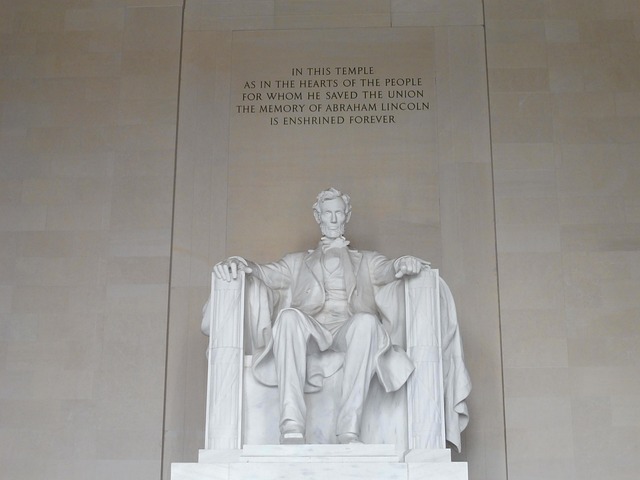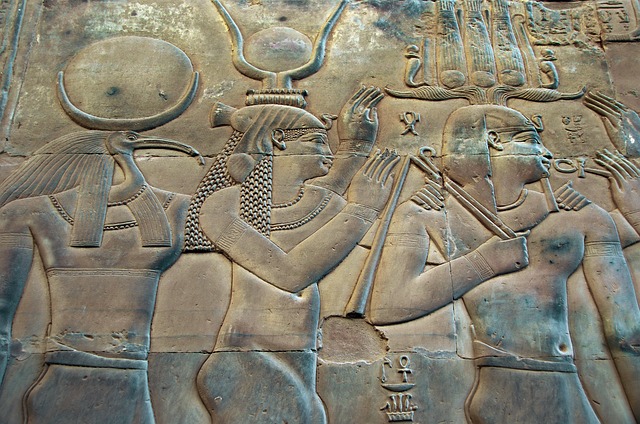The Rise and Fall of Baal: Exploring the Enigmatic God’s Role in Ancient Religion
The ancient Near East is filled with a tapestry of deities, each reflecting the cultures and values of the civilizations that worshipped them. Among these, Baal stands out as a figure of great complexity, embodying the hopes and fears of the people who revered him. His name resonates through the ages, invoking a range of emotions—from reverence to disdain—as we explore the rise and fall of this enigmatic god.
Baal, originally a title meaning lord,” was worshipped by various cultures, particularly the Canaanites and Phoenicians. He was often regarded as a storm god, believed to control rain, fertility, and agricultural bounty. The ancient people linked their survival to Baal’s favor, making him a central figure in their religious practices. Offerings and rituals dedicated to Baal were commonplace, reflecting the collective anxiety over the unpredictability of nature and the desperate need for stability in their agricultural society.
As the worshippers of Baal sought to invoke his powers, their rituals became increasingly elaborate. Temples were erected, and festivals were celebrated in hopes of appeasing him. This fervent devotion highlighted the intrinsic relationship between the deity and his followers, who believed that their prosperity was inextricably linked to Baal’s whims.
However, the rise of monotheistic religions, particularly Judaism, marked the beginning of Baal’s decline. The Hebrew Bible frequently refers to Baal, often depicting him in a negative light. The prophets cautioned against idol worship, emphasizing a singular, transcendent God instead. This shift not only showcased the evolving beliefs of the time but also indicated a growing intolerance for the pluralistic worship that once thrived in the region.
The tensions between these emerging monotheistic beliefs and the traditional polytheistic practices culminated in significant cultural and religious upheaval. Baal’s representation as the antagonist in biblical narratives symbolizes the strong opposition toward pagan practices. This battle wasn’t merely against a god; it reflected the struggle of an entire worldview clashing with a burgeoning faith that sought to redefine spirituality and moral order.
Yet, the allure of Baal’s character did not simply fade away. His image persevered through literature, myth, and even in popular culture. Modern references often evoke a sense of nostalgia for the complexities of ancient religions, inviting us to consider our own spiritual beliefs and the nature of divinity.
Exploring Baal’s legacy reveals much about the human experience — our need for connection and understanding, our struggle with doubt, and our constant search for meaning. Although Baal’s rituals may have diminished, the emotions tied to him reflect the universal pursuit of assurance in an unpredictable world.
As we delve deeper into the life of Baal, we recognize that his story is not merely about the rise and fall of a deity but also about the evolving spirit of humanity — our hopes, fears, and the relentless quest for divine connection. His narrative serves as a mirror, reflecting our own journey through faith and uncertainty.



